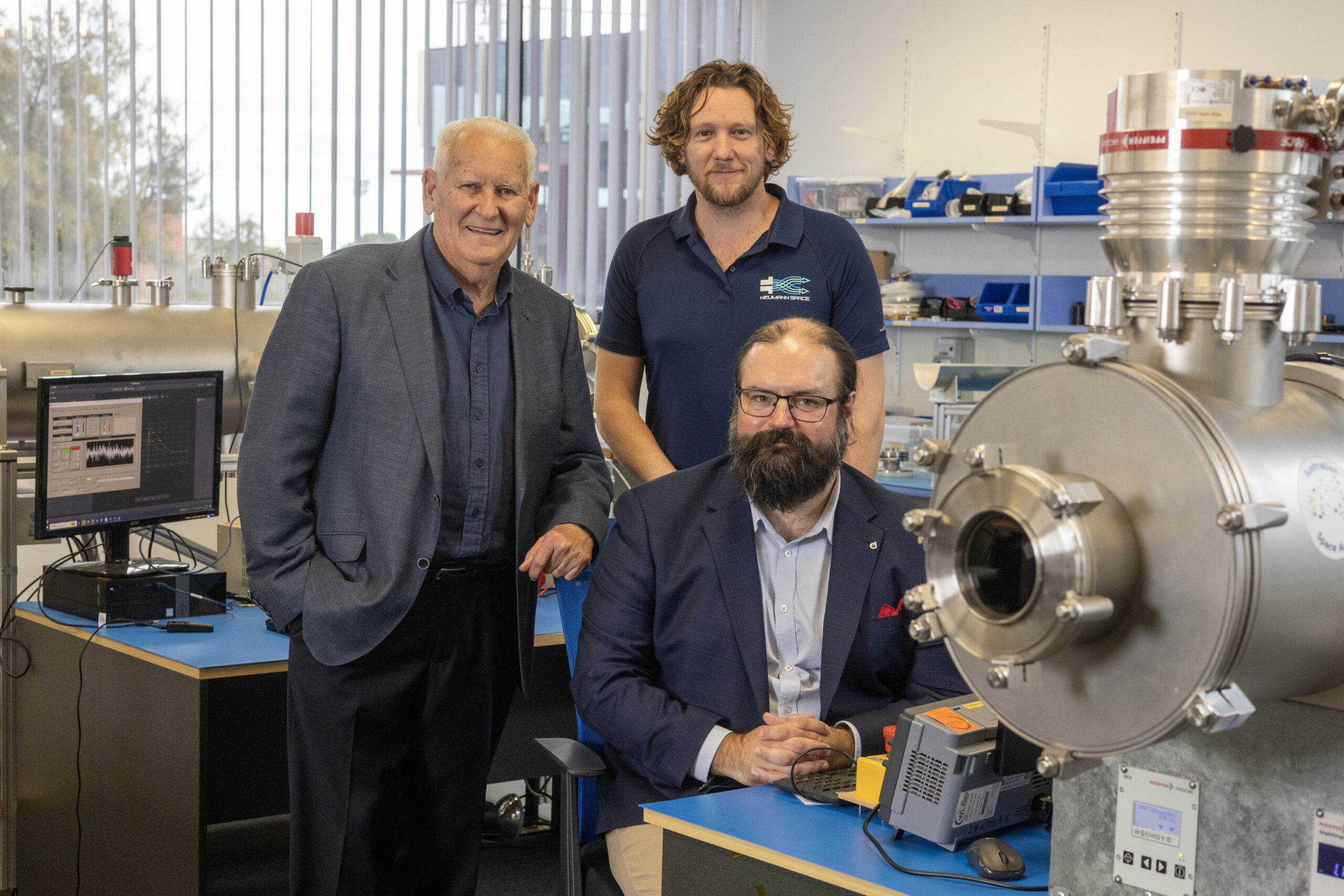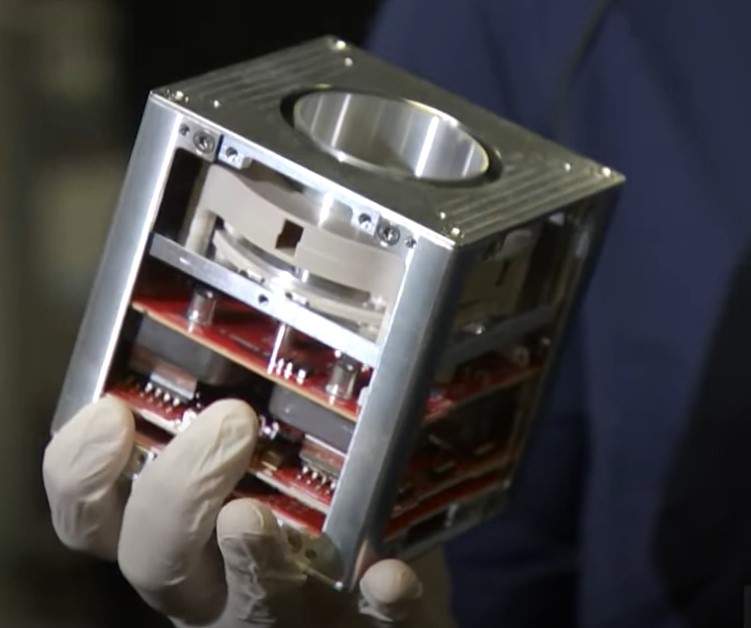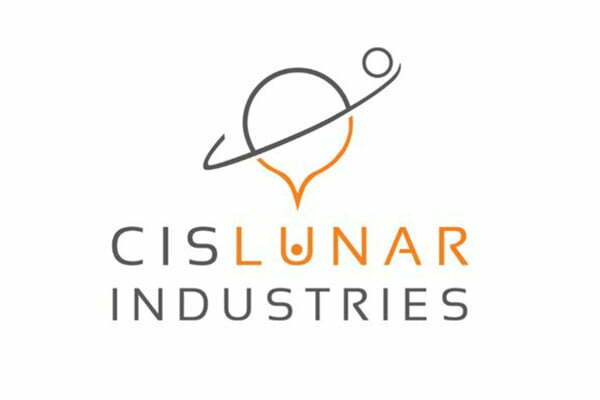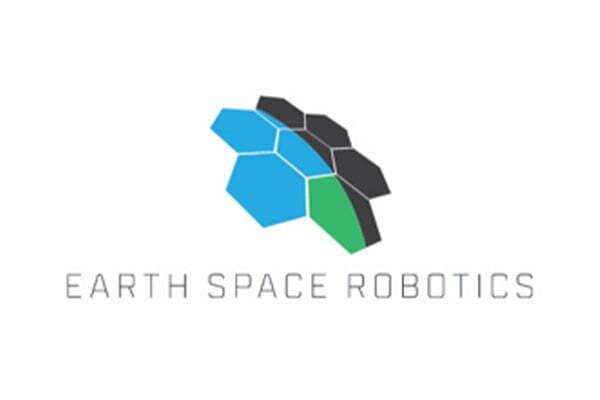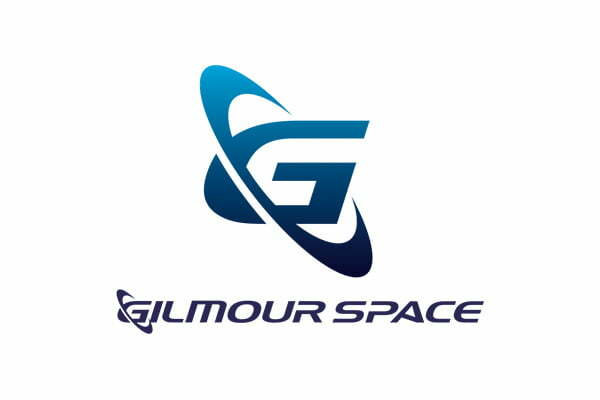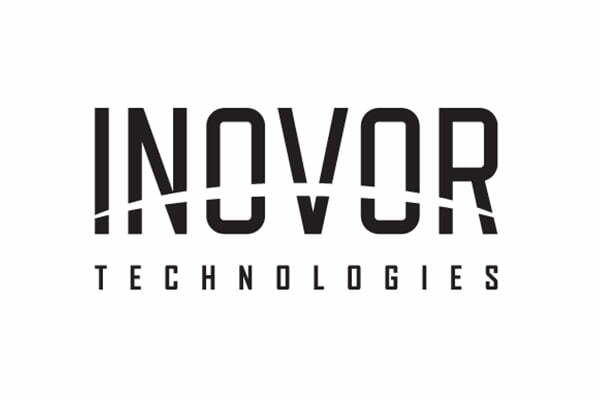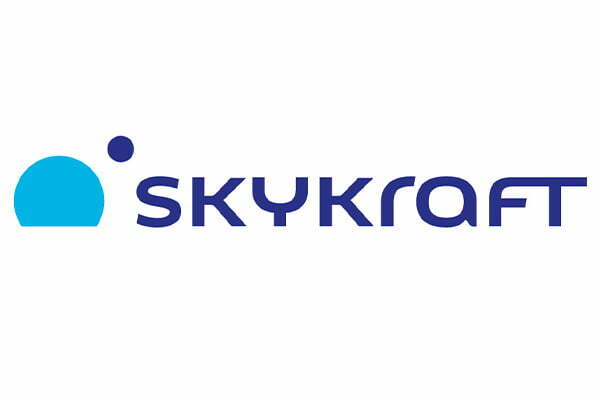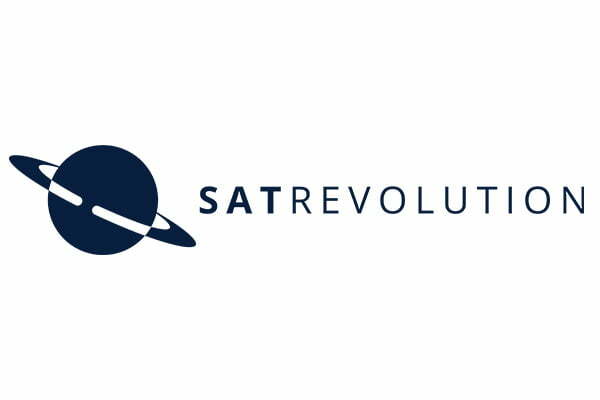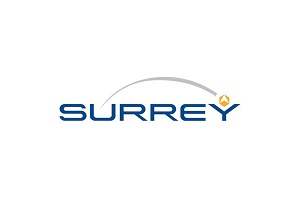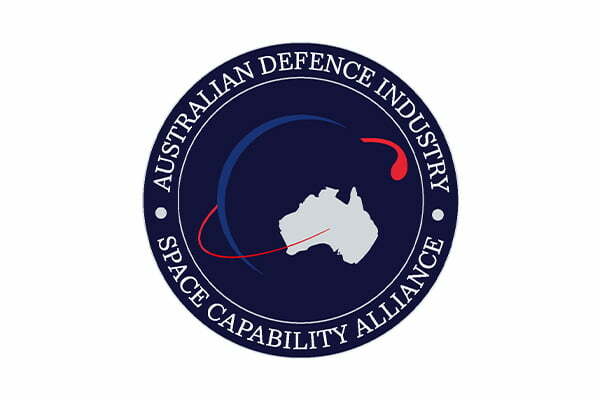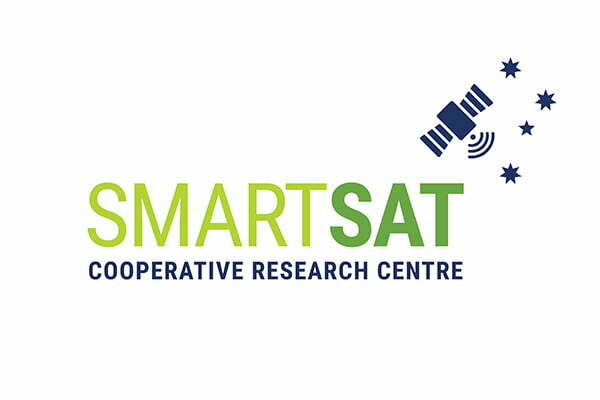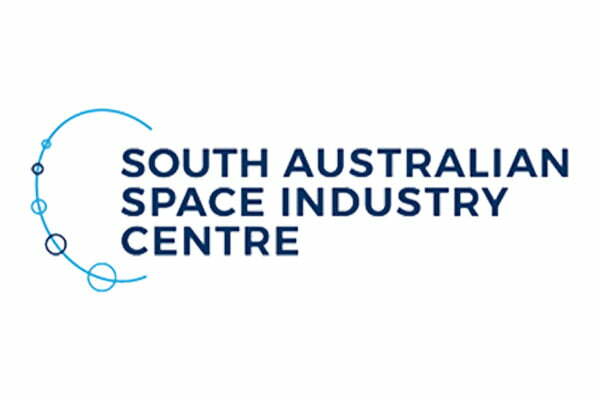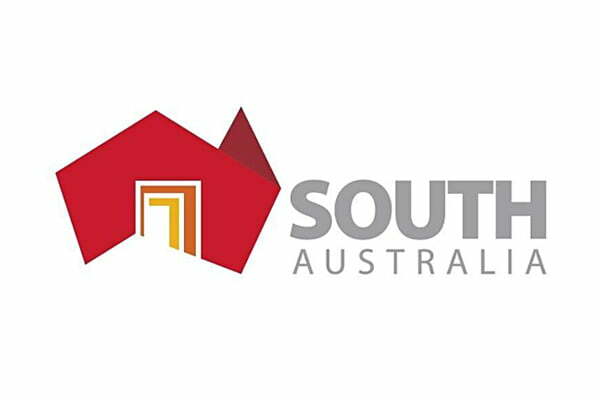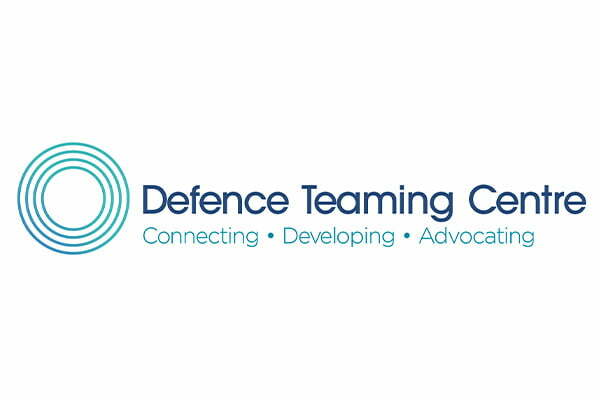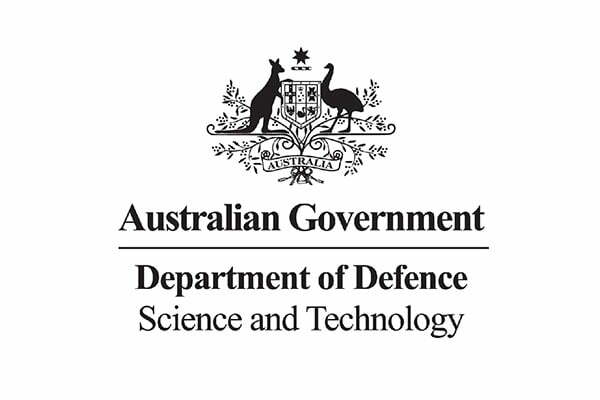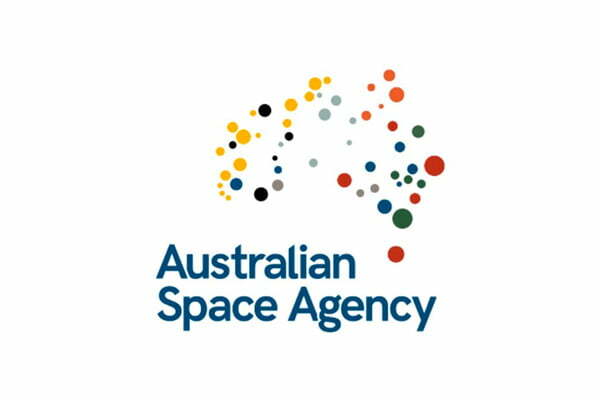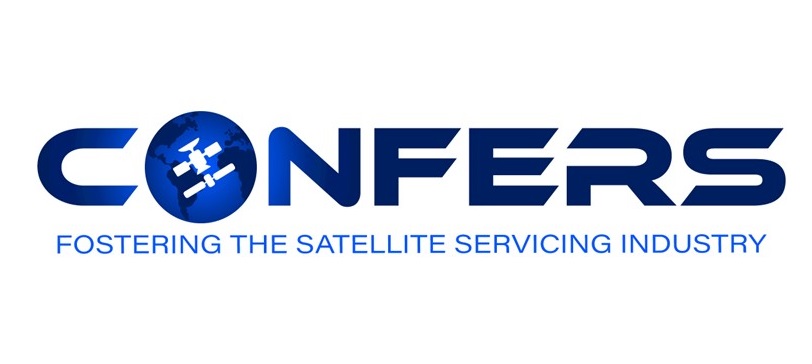Mission life cycle value chart
Operations
Operations
No warmup-period required, enabling manoeuvre on demand, and the quasineutral exhaust removes need for neutraliser cathode ignition.
Mission Extension
Mission Extension
Solid propellants are easily storable on-orbit to enable mission extension of larger systems by refuelling, or through propelling mission extension vehicles.
De-Orbiting
De-Orbiting
Durable fuel-efficient systems enable survival to end of life for safe disposal via de-orbiting, accelerating removal of liability from your asset register.
Regulatory & Logistics
Regulatory & Logistics
No hazardous materials or pressurised tanks simplifies transport, storage, and launch safety clearance.
Pre-launch
Pre-launch
Inert, solid propellant is pre-loaded during unit integration, removing risks and costs associated with propellant loading before launch.
Launch
Launch
Safe, inert, solid propellant reduces risk during launch, as there are no tanks or joints that can fail.
Design
Design
Combining simple interfaces and safe solid propellant makes our system easy to integrate, lowering spacecraft design costs.
Manufacturing
Manufacturing
COTS hardware, common materials and design simplicity shorten manufacturing lead times.
Tests & Integration
Tests & Integration
Solid state design with no fluidics leads to simple and safe unit testing and integration campaigns.
Mission Capability
Metallic plasma propulsion for your mission
Neumann Space optimises critical mission capability by offering an efficient and scalable in-space electric propulsion system for satellites and spacecraft.
Due to the unique nature of our propellant, our system will enable refuelling through in-situ resource utilisation (ISRU) of space debris.
Beside standard propulsion functionality, the Neumann Space’s propulsion system is helping to close the loop on the business case for lifetime extension and OSAM missions by creating thruster propellant in orbit far from terrestrial resupply through ISRU.
